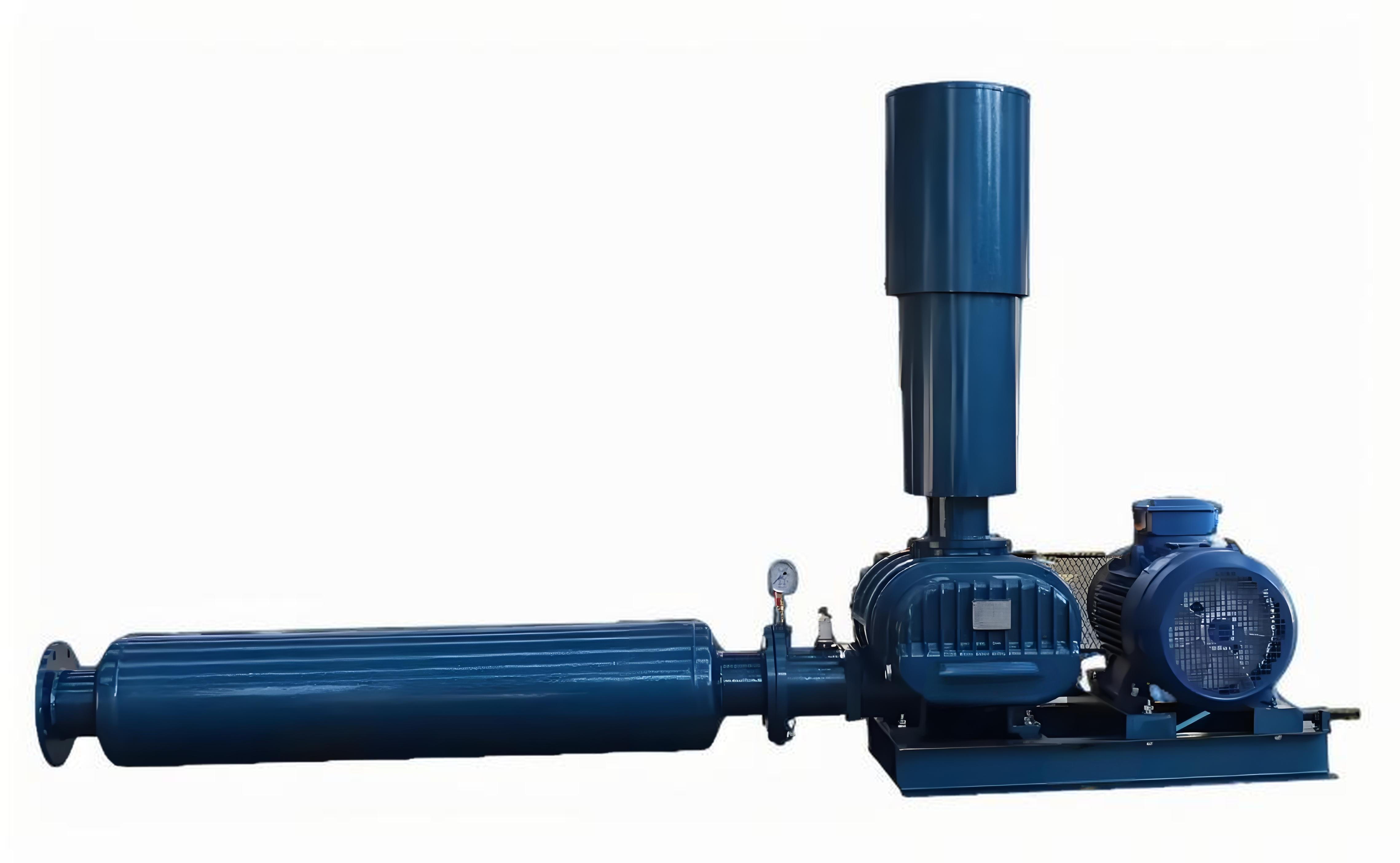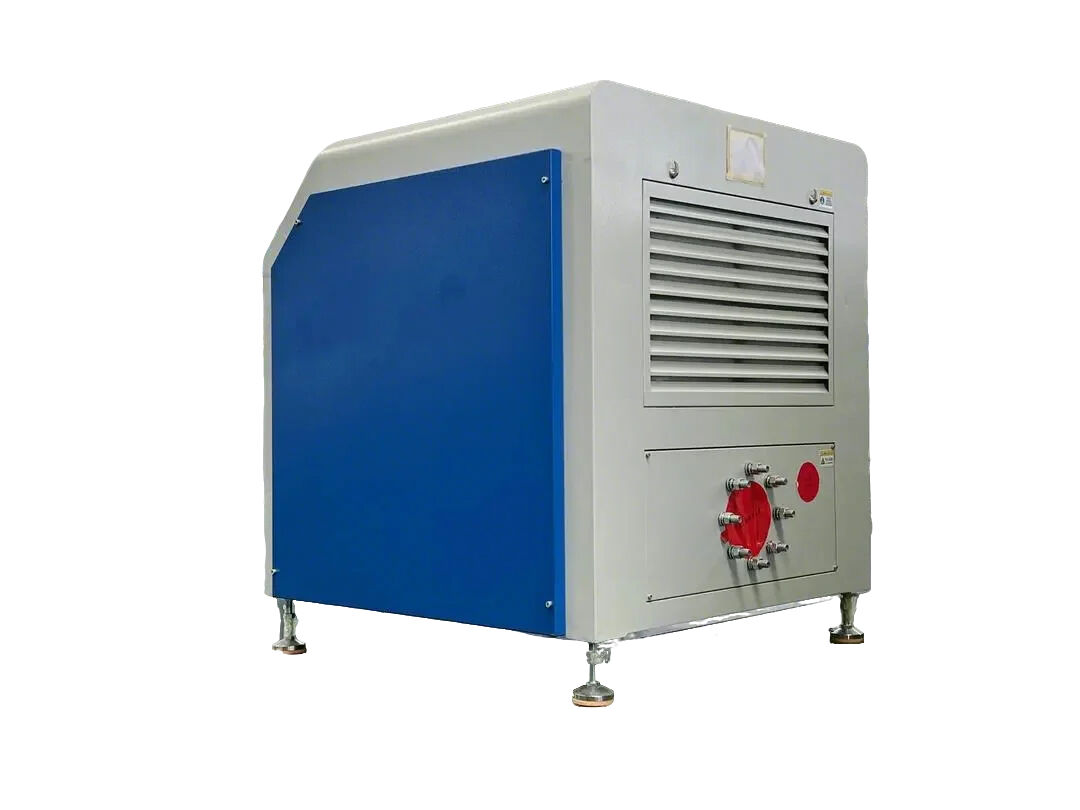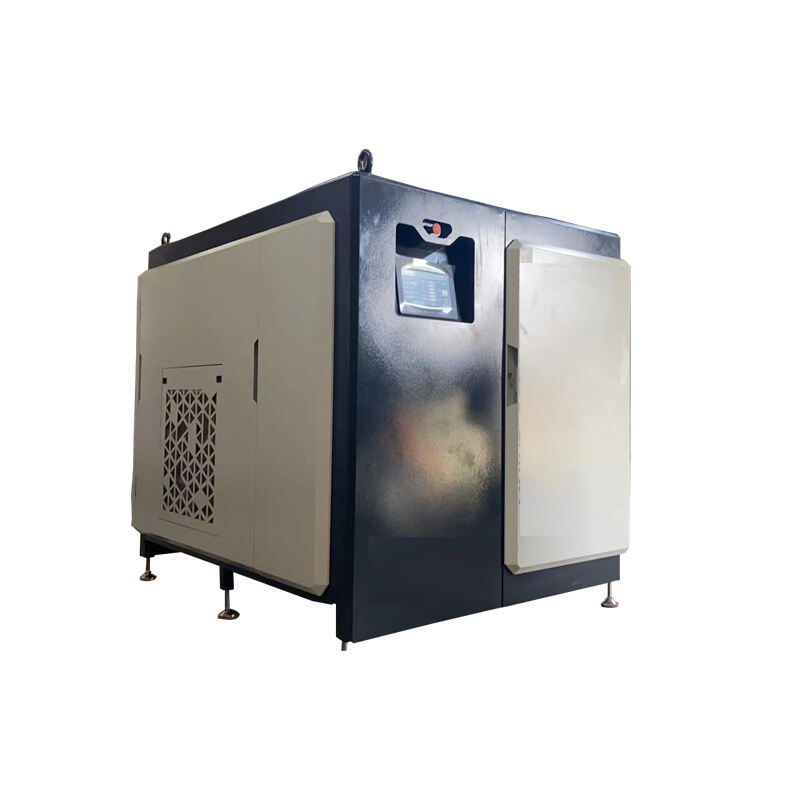twin lobe blowers
Twin lobe blowers represent a cornerstone technology in industrial air compression systems, delivering reliable and efficient performance across various applications. These mechanical devices consist of two synchronized rotors with matching profiles that rotate in opposite directions within a precisely engineered housing. As the rotors turn, they create chambers that trap air at the inlet, compress it through rotation, and discharge it at elevated pressure. The design incorporates precision timing gears that ensure perfect synchronization of the lobes without metal-to-metal contact during operation. This configuration allows for oil-free air compression, making twin lobe blowers particularly valuable in applications requiring contamination-free air supply. The system typically operates at speeds ranging from 500 to 5000 RPM, delivering pressure differentials up to 1 bar in single-stage configurations. Modern twin lobe blowers incorporate advanced features such as noise reduction technologies, energy-efficient motors, and sophisticated control systems for automated operation. These units find extensive use in wastewater treatment, pneumatic conveying, industrial processing, and various manufacturing applications where consistent air supply is crucial for operations.



